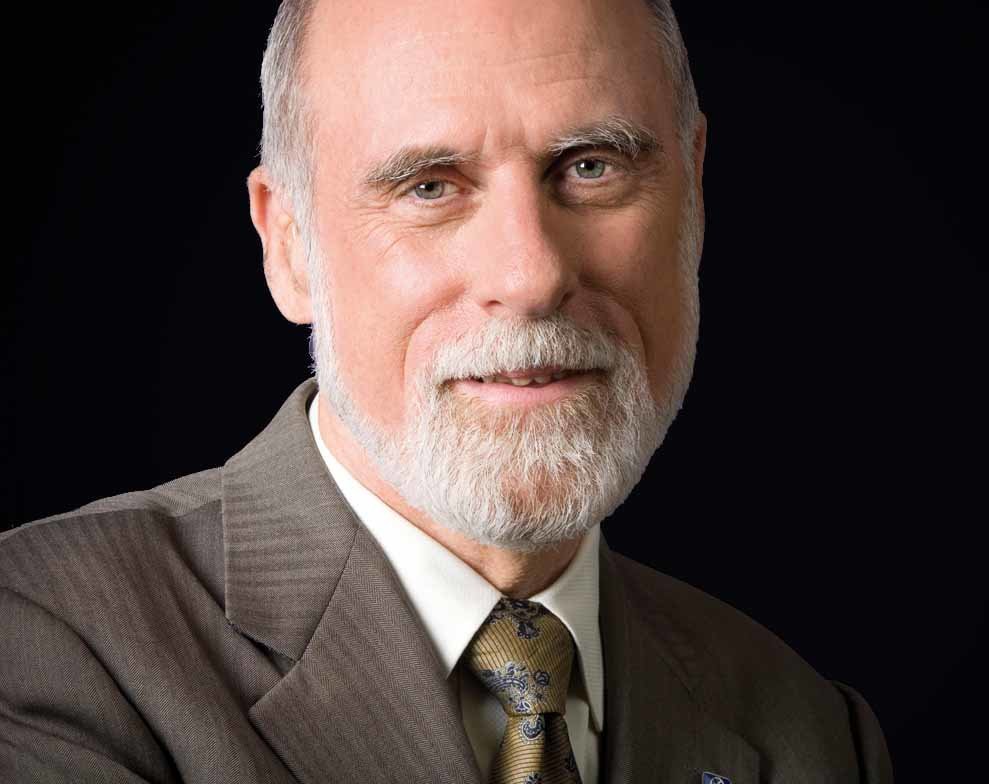Heroes of the web
A true world wide web needed a standard communications protocol. One existed, thanks to the work of Vint Cerf and Robert Khan, who invented the TCP/IP networking protocol.
Arpanet, which preceded the internet, ran TCP/IP in the US, but Europe's academic network, EUnet, used X.25, an alternative protocol. However, TCP/IP came to CERN in the early 1980s thanks to Ben Segal, who worked in CERN's IT function.
Segal wrote a proposal suggesting a pilot project to run TCP/IP on non critical systems at CERN.
In 1987 he purchased two IP routers from Cisco, which in those days was a 20-person startup, to act as IP filters between the public Ethernet and a new secure IP segment for its military grade Cray supercomputer.
In 1989 CERN TCP/IP coordinator John Gamble connected this TCP/IP network to EUnet.
CERN was Europe's main supercomputer centre, and thanks to funding from IBM, it established the main network link (1.5 Mbit/sec) between Europe and the USA. This step would later make it possible for people to download the source code for Berners-Lee's web browser software, and try browsing the early web for themselves.
See the computer Tim Berners-lee used to demo the web next >>






